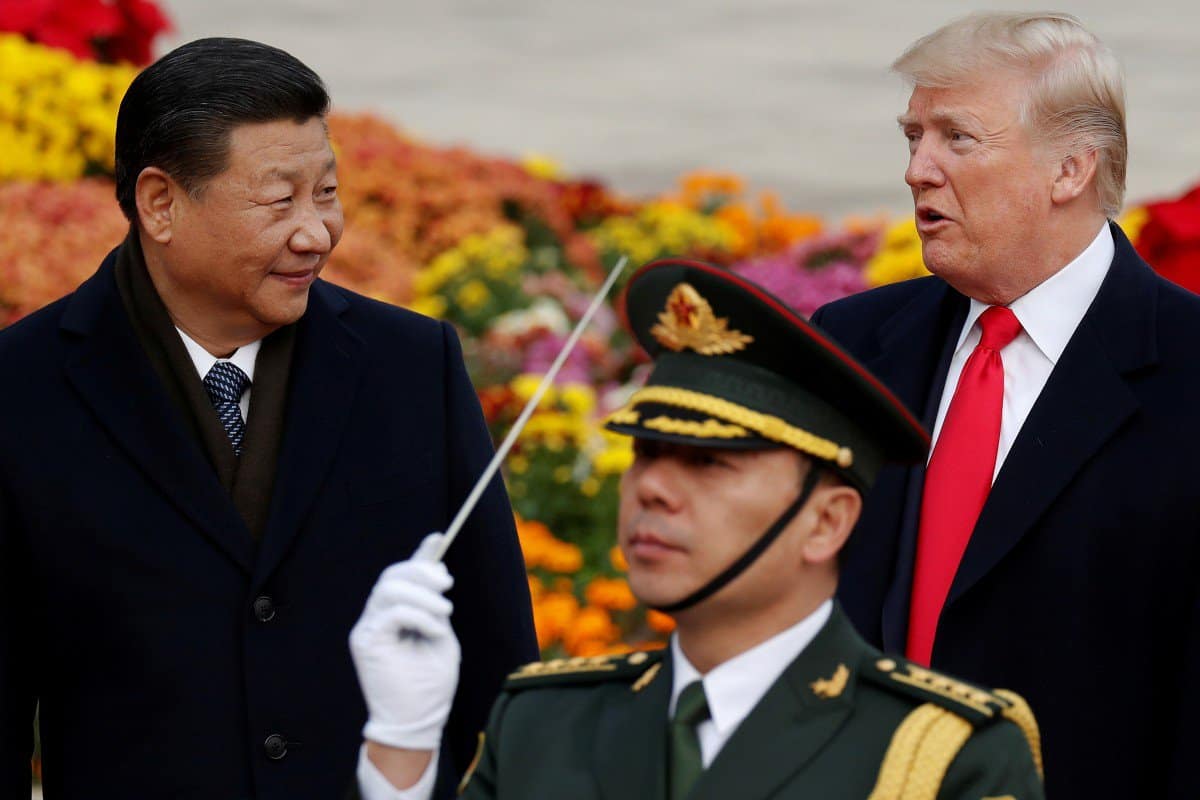
Designed by Apple in California. Assembled in China. This familiar line on the back of iPhones has summed up the world order for the past two decades: American innovation married with low-cost Chinese manufacturing to deliver cheap, quality products for the world.
But as China pursues its own tech ambitions, a threatened US is moving to cut Chinese firms off from American scientific know-how and pushing the world into a tech divide that neither country has really prepared for.
The Trump administration has targeted Huawei Technologies, one of China’s tech champions, by launching a one-two punch combination in its fight to ensure that national security is not compromised in US telecoms infrastructure, while simultaneously reining back China’s dominance in next-generation 5G wireless networks.
By inking an executive order restricting US tech purchases by “foreign adversaries” that are deemed a national security risk, as well as putting Huawei on a government blacklist, the US has effectively cut off Huawei’s oxygen supply by limiting its access to critical chips and software from American companies.
This is not a short-term negotiating tactic by the Trump administration designed to extract a concession – rather it is the opening salvo in a new tech cold war that could upend the global supply chain and rewrite business orders worldwide.
“The Huawei case clearly shows that global economic networks have entered the realm of geo-strategy,” said Abraham Newman, a professor at the school of foreign service and department of government at Georgetown University. “The hyper-globalisation of the last twenty years is unsustainable given the real geopolitical constraints. We are entering a new phase,” said Newman, who is the co-author of several books including Voluntary Disruptions: International Soft Law, Finance, and Power.

